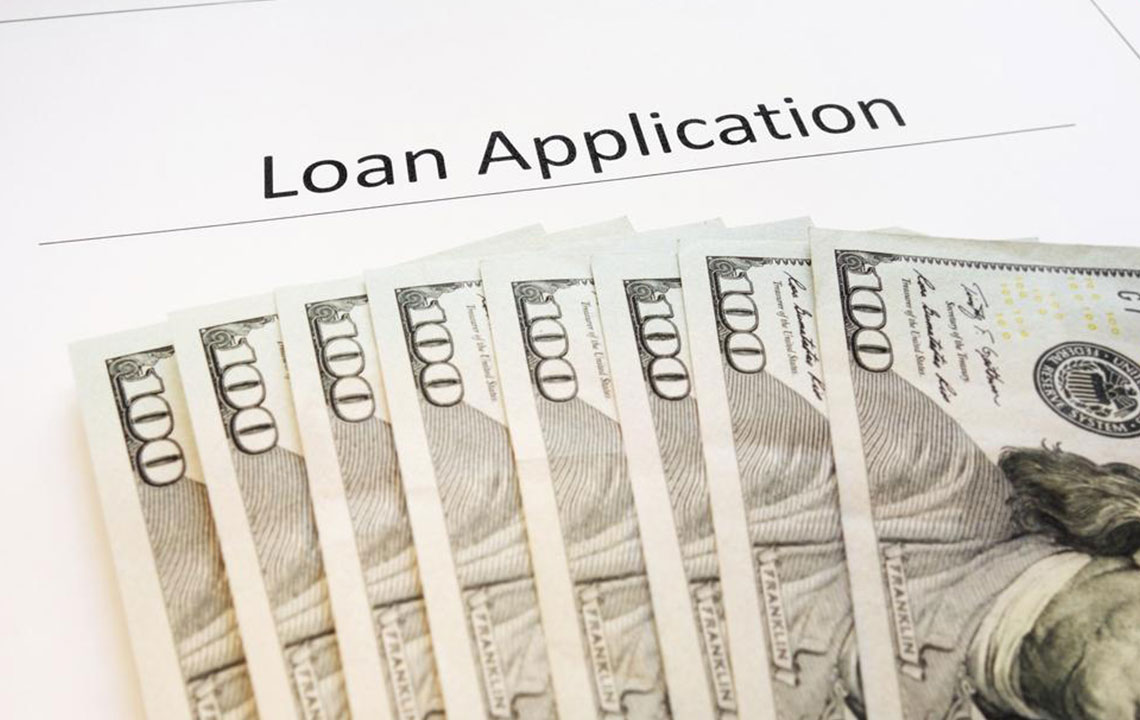The Complete Guide to the HARP Refinance Program: Helping Homeowners Achieve Better Loan Terms
Discover how the HARP refinance program can help homeowners with negative equity access better loan terms. This comprehensive guide explains eligibility, benefits, application steps, and future outlook, empowering homeowners to improve their financial situation and secure favorable mortgage rates despite market fluctuations.

Understanding the HARP Refinance Initiative
Since its inception in 2009, the Home Affordable Refinance Program (HARP) has played a vital role in assisting homeowners who are struggling with negative equity in their mortgages. Introduced by the Federal Housing Finance Agency (FHFA), HARP was designed to provide a lifeline to homeowners who owed more than their homes were worth—commonly referred to as underwater or negative equity homes. The primary goal was to enable such homeowners to refinance their existing mortgages into more affordable, manageable payment plans, regardless of their home's current market value.
Understanding the significance of HARP requires a look at the typical barriers faced by underwater homeowners. Traditional refinancing options usually require a homeowner to have at least 20% equity in their property—meaning the mortgage balance should be no more than 80% of the home's value. This requirement often left many homeowners unable to refinance when property values declined during economic downturns. However, HARP aimed to address this issue by relaxing these restrictions, thus opening opportunities for millions of Americans to access better mortgage terms.
Initially, HARP allowed homeowners with loan-to-value (LTV) ratios up to 105% to qualify for refinancing. Over time, these limits were expanded to accommodate even more homeowners by increasing the acceptable LTV ratios to 125%. This expansion was crucial in helping borrowers with more significant negative equity refinance their mortgages, making the program more inclusive and effective. These LTV adjustments reflected a strategic effort by the FHFA to ensure that homeowners kept access to refinancing options despite fluctuations in home prices.
HARP's eligibility criteria are designed to ensure that applicants genuinely need assistance while maintaining the integrity of the program. To qualify for HARP, certain key conditions must be met:
The mortgage must be owned or guaranteed by Freddie Mac or Fannie Mae, which are the two primary government-sponsored enterprises (GSEs) facilitating mortgage market stability.
Mortgage payments should be current—and the borrower must not be delinquent on mortgage payments at the time of application.
The original loan must have been initiated on or before May 31, 2009, making it applicable mainly to older mortgages.
The loan-to-value ratio must be greater than 80%, indicating negative equity or partial equity in the property.
In addition to these core requirements, borrowers should review specific loan conditions and consult with mortgage professionals to verify eligibility. Although HARP was originally scheduled to end in December 2016, the program’s extension was granted, and it continued to operate until December 2018, giving more homeowners the chance to benefit from its provisions.
For homeowners who meet these conditions, HARP represents a powerful opportunity to secure lower interest rates, reduce monthly payments, and improve overall loan terms. This can lead to significant financial relief, especially during times of economic uncertainty or personal financial hardship.
Advantages of Participating in HARP
Participating in the HARP program offers numerous benefits for eligible homeowners. First and foremost, it provides access to refinancing options that were previously unattainable due to negative equity. This can result in:
Lower interest rates, which decrease monthly mortgage payments and reduce the total amount paid over the life of the loan.
More predictable and manageable mortgage payments, helping homeowners avoid default and foreclosure.
An opportunity to switch from an adjustable-rate mortgage (ARM) to a fixed-rate mortgage, which stabilizes payments over time.
Potential to shorten the loan term, such as refinancing from a 30-year to a 15-year mortgage, leading to significant interest savings in the long term.
Furthermore, HARP refinancing does not require private mortgage insurance (PMI) if the borrower had no PMI at the time of the original loan, which can result in additional savings. The program also reduces barriers by allowing borrowers to refinance even when they have little or no home equity, thus preventing negative equity from pinning them down with unmanageable mortgage terms.
How to Apply for HARP Refinance
Applying for a HARP refinance involves several steps. The first is to confirm that your mortgage is eligible based on the criteria discussed earlier, including confirming whether your loan is owned or guaranteed by Freddie Mac or Fannie Mae. Once eligibility is established, homeowners should gather essential documentation, such as income verification, current mortgage statements, and proof of homeownership.
The next step involves contacting a mortgage lender or broker who participates in the HARP program. They will review your financial information and help you understand the various refinancing options available. The lender will then initiate the application process, which includes submitting necessary documents and conducting credit checks.
Throughout the process, borrowers should carefully review the loan terms, interest rates, and closing costs. It's advisable to compare offers from multiple lenders to ensure you receive the most favorable terms. Once approved, the refinance process typically takes a few weeks before the new mortgage is finalized, and you can start enjoying the benefits of your new loan.
Additional Considerations and Future Outlook
While HARP has been a valuable resource, borrowers should also consider other refinancing options that may suit their unique financial situations. It's important to consult with mortgage professionals to explore all available programs, including traditional refinancing, FHA loans, or VA refinancing if applicable.
Looking ahead, policies surrounding mortgage refinancing are subject to change based on economic conditions and government initiatives. Homeowners should stay informed about new programs, updates to existing ones, and changes in eligibility criteria to maximize their financial benefits.
In conclusion, HARP remains a significant tool for underwater homeowners seeking to improve their mortgage conditions. By understanding the eligibility requirements, benefits, and application process, homeowners can make informed decisions that lead to long-term financial stability and peace of mind.





